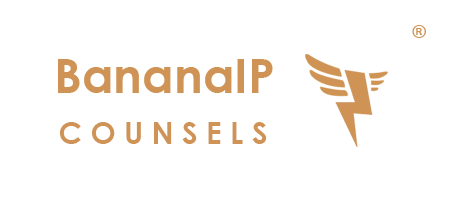This post was last published on July 18th, 2014.
Today we will take a look at two patentability cases with a very similar premise, the premise being if the public use of an invention bars its patentability. What these two cases have in common is only the premise, and with a little scrutiny, we will see how contrasting the cases actually were.
1. Egbert v. Lippmann, 104 U.S. 333 (1881)
In the year 1855, Samuel Barnes, designed corset springs, i.e., the springs that hold a corset together, for his wife who had expressed her dissatisfaction with the existing corset binders that were not sturdy enough. She had used the newly designed corset springs for over ten years since then. Barnes had also shared this fact about his invention with a friend and later, in 1866, Barnes applied and obtained a patent for the corset springs. A few years later, after the death of Barnes, and Mrs. Barnes had remarried, inheriting the name Egbert, a competitor named Lippman began manufacturing corset springs just like the ones invented by Barnes. This was when Mrs. Egbert, who had inherited the patent from her first husband, sued Lippman for patent infringement.
Lippman argued that the patent was invalid because it had been in public use for eleven years before the application for the patent was made. The US Supreme Court looked to the Patent Law under section 35 USC 102(b) which (after amendment) states:
A person shall be entitled to a patent unless –
(b) the invention was patented or described in a printed publication in this or a foreign country or in public use or on sale in this country, more than one year prior to the date of application for patent in the United States (pre-amendment, two years).
Although the argument put forth from by Egbert was that this use could not be classified as public use but as private use with consent, the court noted that had a Confidentiality Agreement been in place, then the knowledge and use of the product would not be considered public use. However, in this case, even though the product itself was not seen by the public, and was used privately, the knowledge and the use of it in public were sufficient to uphold the public use clause. The court had to invalidate the patent.
The Public Use Exception is important because if the exception didn’t exist, then a person could invent something, sell it all over the place, and then apply for a patent only once a competitor started copying it if no one had already applied for a patent on the invention. The inventor’s monopoly would be indefinitely extended.
2. City of Elizabeth v. American Nicholson Pavement Co., 97 U.S. 126 (1878)
Inventor Samuel Nicholson applied for a patent for a new kind of pavement using wooden blocks. Nicholson had conceived the invention almost six years before he applied for a patent, however, during those years he had installed the pavement on a part of a public road, owned by a company of which he was a shareholder. He had done so in order to test the quality of his invention and it had taken him several years.
When George W. Tubbs began installing his pavement technology in the City of Elizabeth, New Jersey, Nicholson brought a lawsuit alleging patent infringement. Tubbs argued that the patent was invalid because the invention had been in public use for more than two years (more than period for public use exception) prior to Nicholson applying for the patent.
Nicholson argued that the road was used for experimental purposes, and so this did not count as public use, despite the fact that the public actually used the road. The US Supreme Court found that there was no way for the quality and the durability of the pavement to be put to test without subjecting it to traffic. The Court also found that the public use of the road was only incidental to the main purpose, which was as an experiment. The Court also found that Nicholson was not selling the pavement or abandoning it for others to use. He was using the pavement for his private use (experiment). It just happened that his private use of the pavement was in a public place.
The Court noted that it is not really public knowledge of an invention that invalidates a patent, it is the public use or sale of the invention. Further, the Court noted that if Nicholson had been using the invention for profit and not for an experiment, then the Public Use Exception would have applied and the patent would have to be invalidated.
The Public Use Exception is designed to get people to put their inventions into the public domain as soon as possible. But some inventions require some time to perfect. So it is in the interest of the public to allow a limited extension for certain inventions that require longer to perfect.
As we can see from the contrasting rulings in the two cases, although the statute has changed from two years of the public use exception to one, the concept or premise remains the same, i.e., to allow for reasonable time for inventions to be perfected so as to allow the public the quality of technological advancement to which they are entitled.



